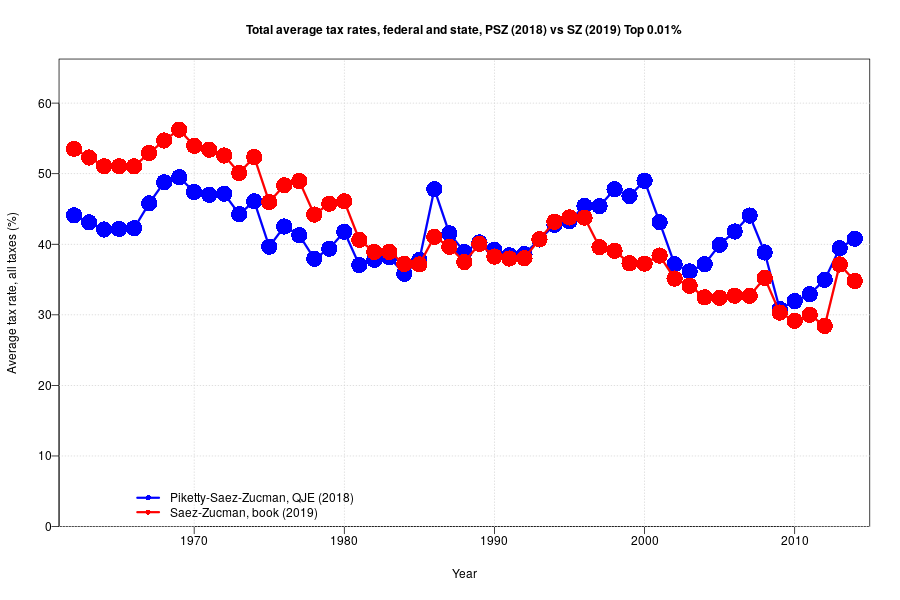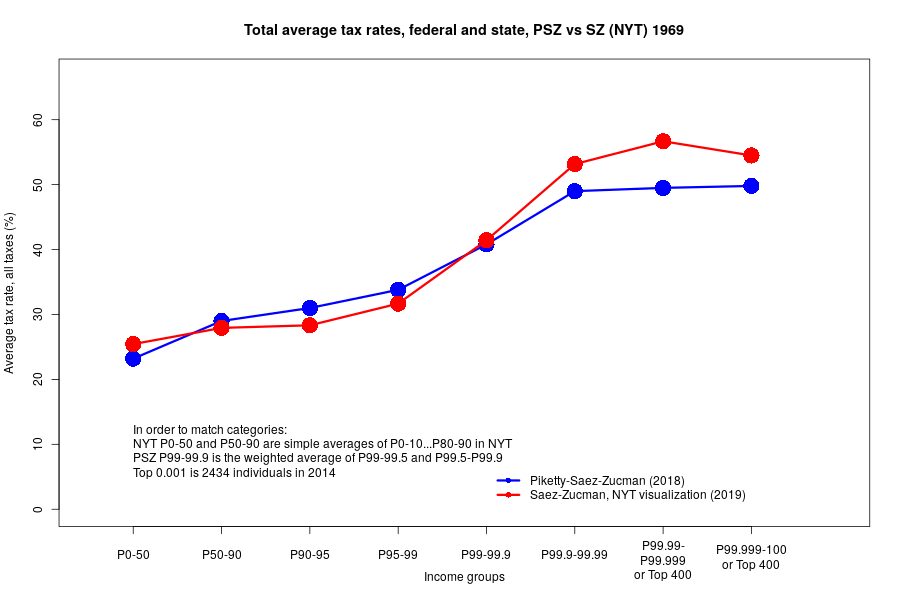
UEFA consists of 55 national federations. To give an example I'm familiar with, the Polish one (PZPN) has 6679 registered clubs and 500,000 registered players (the country of 38m people). There is a pyramid of different levels of competitions - youth, amateurs, professionals /1
That's a lot of teams (my hometown of 300,000 people has 6, but there is a village of 350 people close by that has one & it competes in a league), a lot of money, a lot of vested interests and a lot of politics too. You have good (inclusivity), bad (corruption) and opaque. /2
What we are seeing is partly bargaining between the small number of teams at the top and the rest and partly an attempt to extract more consumer surplus (and maybe grow the market too), with UEFA and national federations insiders threatened in the middle /3
I don't have a strong opinion about the best outcome here, but this is not just like creating new NBA - there are distributional effects with only one that seems unambiguously good to me (reducing the power of often corrupt insiders) and a lot of risks due to the change /4
You may ask - isn't it just a free market? Maybe, but there is a lot of market power here and it seems like the new league is an attempt to strengthen the cartel consisting of superstar teams. UEFA is not an efficient alternative, but we are likely comparing two third-bests /end
Another thought on this: it is interesting that French and German teams are reluctant. My guess is that they have a bigger stake in their large domestic markets. They've not been looking to the international market to nearly the same extent as the Spanish or British teams
And Italian market just seems poorer, so outside opportunities look attractive for their select few best teams. Or perhaps Bayern and PSG are just less professionally run. Or there is politics behind it too (given that at least Macron has been vocally against it)
But if you compare to American professional leagues, you'd think that you want teams all over the continent. I realize that British teams and Real/Barca have following elsewhere but still the business model of football has always been to a large extent about local loyalties
It seems that my domestic market size speculation is trumped by the ownership structure explanation
https://twitter.com/jjadsetts/status/1384245287930130432?s=19
• • •
Missing some Tweet in this thread? You can try to
force a refresh









